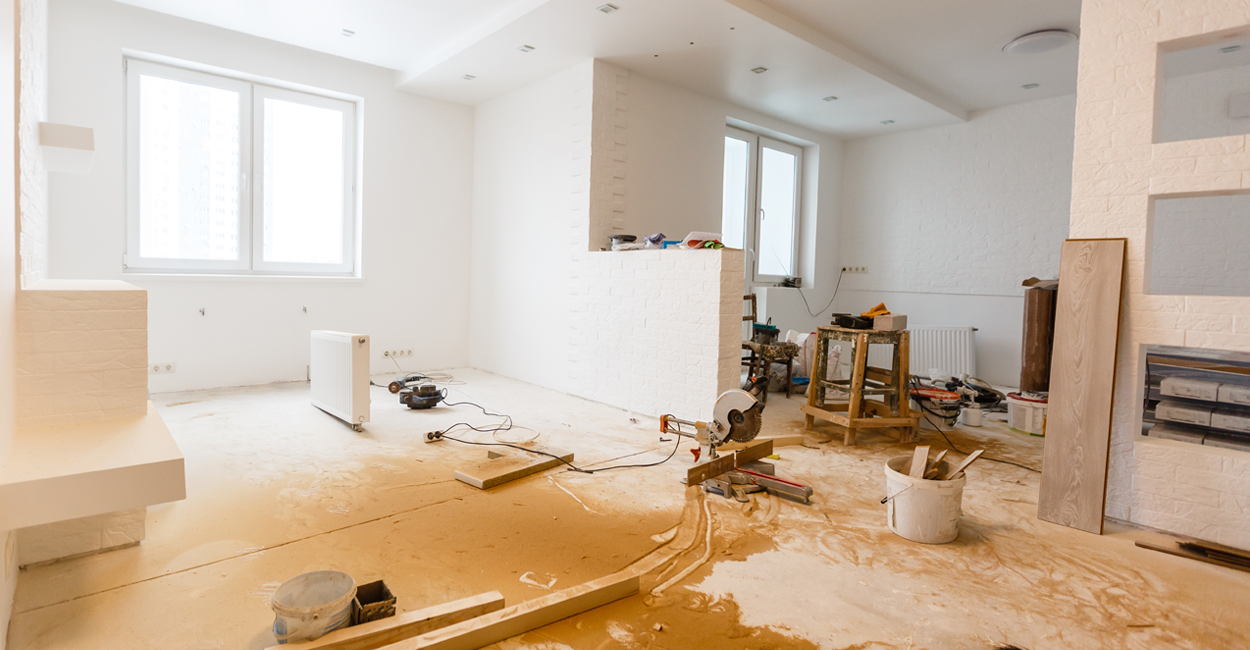Signs of Better Times for Buyers
Even as home prices continue to rise, some experts have spotted signs that the housing market is beginning to improve in some locations.
These observations may cheer up your prospects who are still waiting for the market to begin to favor them.
Sellers are cutting prices. Bidding wars are over, inventory is rising, and more sellers are realizing that they're not at the same advantage as they were three years ago. Around 25% of today's sellers have lowered their initial price. Around 30% of the nation's home builders are also cutting prices.
Homes are on the market longer. Around 65% of homes that were on the market last month have been listed for at least 30 days. This is up from 59.6% from a year ago. (More details are in the next article.)
Buyers are pickier. There have been instances of buyers backing out of a purchase even after closing is scheduled. This is a sign that buyers are getting more selective, and that sellers may need to reconsider prices.
Sellers have competition. If your territory is seeing an increase in listings, this translates to good news for buyers. Unsold inventory has grown to a 4.1-month supply, which is a one-month increase from last year.
Buyers in the Southern region are enjoying a neutral or even buyer-friendly market, unless they're shopping in Dallas, Texas or Raleigh, North Carolina.1
Inflation Begets Stagnation

Remember when houses took longer to sell in the winter, and sold much faster in the spring and summer? It's yet another unwritten rule of real estate that's been turned on its head.
This summer, many homes that were for sale in June are still sitting on the market. Nearly two-thirds were listed for at least 30 days (about four and a half weeks) without going under contract. This percentage is the highest recorded for June since 2020, during the early days of the COVID pandemic.
As you're aware, record-high property prices and higher mortgage interest rates are causing more buyers to postpone their purchasing plans. Less-desirable listings are getting less interest, causing unsold inventory to pile up.
Stale inventory is growing fastest in Texas and Florida, even though both saw massive population growth from 2020 to 2023. Texas' population grew 4.7%, while Florida edged ahead with 5.1% more Floridians.
In Dallas, 63% of listings sat on the market for at least 30 days in June, up from 52% a year earlier. Florida metros Tampa, Fort Lauderdale, Jacksonville and Orlando saw 69 to 70% of homes for sale stagnate for a month or longer.
While both states are building more homes, they're also seeing skyrocketing insurance and HOA prices. Some Florida homeowners are considering moving because of recent and future hurricane activity.2
Get Popular with Press Releases

If you're planning something newsworthy, such as opening a new office or sponsoring a local event, it may be well-worth your time to compose and distribute a press release.
Businesses that distribute press releases have seen major increases in web traffic, plus more interest in their products and services, especially if a local newspaper or magazine uses it as the basis for an article. This means that taking the time to write and distribute press releases could make a big difference to your bottom line...with little or no cash outlay.
Here are some ways to ensure your press releases are successful:
Your announcements don't have to be big; they simply need to be interesting. For example, you can talk about the local pet adoption event you're co-sponsoring or a historic home you're selling.
Include a catchy headline, a short summary of your news, a quote from someone associated with your news, and information about your company (this is called boilerplate).
You can use an AI chatbot or writing tool to produce a draft of your press release. Several PR distribution agencies even provide specialized AI tools to their customers.
Choose a press release distribution website to make sure your news goes to as many publications as possible. Some charge subscription fees while others are free.
After you've completed and distributed a press release, announce it on your social media sites, such as LinkedIn and Instagram.
Publishing press releases can do more than drive sales. You'll be boosting your credibility, getting your name in print, and increasing newsworthy opportunities within your territory.3
Are Your Sellers Remodeling? Be Their Agent and P.I.

If you have a seller who's planning to make some repairs before listing, it's worth discussing their plans if possible. Specifically, you'll want to find out what repairs they're planning, and if they're contractor-savvy.
While most sellers are careful to hire licensed, bonded contractors, there are still a few subtle, dishonest shortcuts that may show up at the worst time...when the house is being appraised or inspected. Here are three common ones to mention.
1. Using less expensive materials.
A contractor may agree to use high-end materials like expensive paint or stone tile. Instead, they use cheaper paint or ceramic tile that resembles the real stuff and pocket the difference.
To prevent this, a seller may prepare a "shopping list" with the contractor and buy the materials, or ask the contractor to produce detailed receipts.
2. Bumping up prices little by little.
Sellers may spend hours negotiating, sign a contract, and feel they've done well. But then the contractor reports that the materials in the contract aren't available, or hidden problems have been found. Before they know it, they're paying more than they had planned.
This is a tough situation, especially as the contractor may be honestly reporting a problem. It may be worth it for the seller to bring in another contractor for a second opinion.
3. Skipping important (but hard to see) steps.
A finished job can look great, but if a contractor cuts corners, this won't be obvious until later. Some examples:
- If painters didn't use primer, the finished job will look fine at first. But later, the colors may fade and have an irregular sheen.
- Skipping the insulation for new doors or windows.
- Installing an exhaust fan or dryer vent that's vented into a wall, ceiling, or attic instead of the outdoors.
Refining the Art of the Offer Letter

It should begin with your introducing yourself professionally, and continue with:
Details of the offer. This should include much more than the price; it should also include the amount of earnest money, payment details (is the buyer pre-approved?) and whether you're flexible on the closing date.
An explanation of contingencies, if any. If these may affect the timeline, include details of your buyer's willingness to be flexible.
Flex the financials. This is especially important, and something I can help you with, especially if I've already pre-approved your buyer. Ask me for a pre-approval letter if I haven't already provided it.
Close the deal. After you summarize the main points of the offer, encourage open communications between all parties, and describe your willingness to promptly address questions and concerns. Don't forget to express your gratitude and enthusiasm for the opportunity to close the sale.5
Sources: 1cnbc.com, 2redfin.com, 3buffer.com, 4lifehacker.com, 5theclose.com



Recent Comments